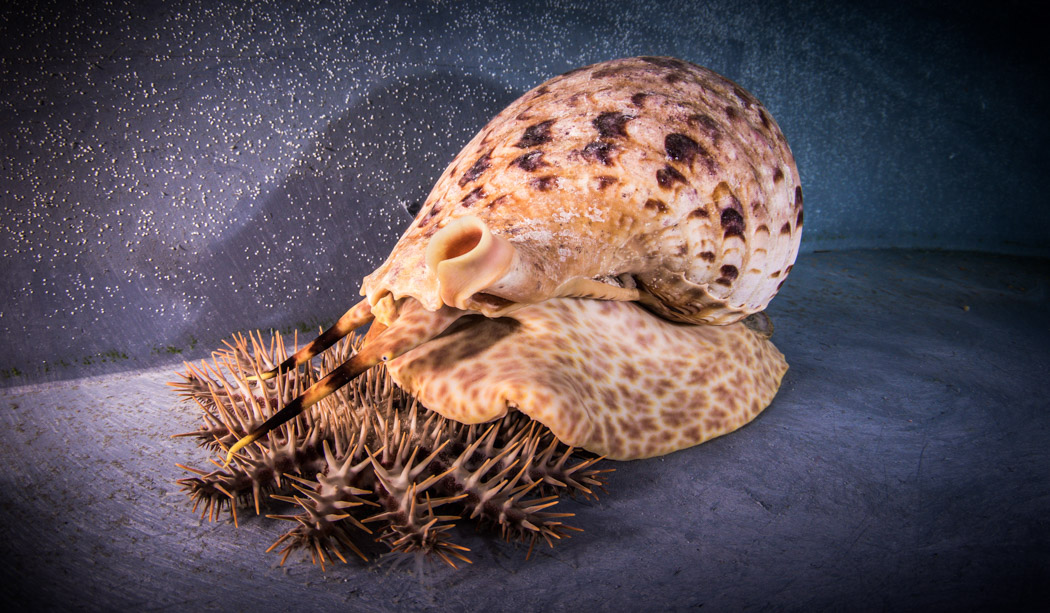In its efforts to protect the Great Barrier Reef and building on the $27.4 million investment to support the direct management of crown-of-thorns starfish, the Australian Government is now turning to the starfish’s natural predator for help.

As part of its commitment under the Reef 2050 Plan, the Government has invested $568,000 towards research trials into breeding of the starfish’s feared predator—the giant triton sea snail (Charonia tritonis).
This project builds on the success of previous Australian Institute of Marine Science (AIMS) research which found that crown-of-thorns starfish will actively try to avoid an area where triton sea snails are present.
The study, which was funded through the Australian Government’s Reef Programme, showed that exposing crown-of-thorns starfish to triton secretomes produced a consistent alarm response—with the starfish attempting to flee from the perceived threat.
The researchers found that there is potential the tritons could eventually be ‘deployed’ to prevent crown-of-thorns from closely aggregating during their spawning season, and this could help prevent the starfish from reaching outbreak numbers. The chemicals could potentially be synthesised to create alarm-inducing ‘baits’ to aggitate starfish on reefs and limit outbreaks.
The giant triton is native to coral reefs in the Pacific and Indian oceans but is extremely rare, and was hunted extensively by shell collectors. It is fully protected in Queensland waters.
Giant tritons held at AIMS have laid numerous egg capsules, with over 100,000 swimming larvae hatching in the last month.
Very little is understood about their dietary requirements or the cues that trigger their metamorphosis into the adult snail. The research project focuses on helping triton larvae to transition to their juvenile and adult stages, providing the opportunity for further research into triton biology.
The possibilities the triton breeding project opens up are exciting. If successful, this research will allow scientists to closely look at the impact of giant tritons on crown-of-thorns behaviour and test their potential as a management tool to help reduce coral lost to outbreaks.
The project commenced in mid-June 2017 and will continue until June 2019.


